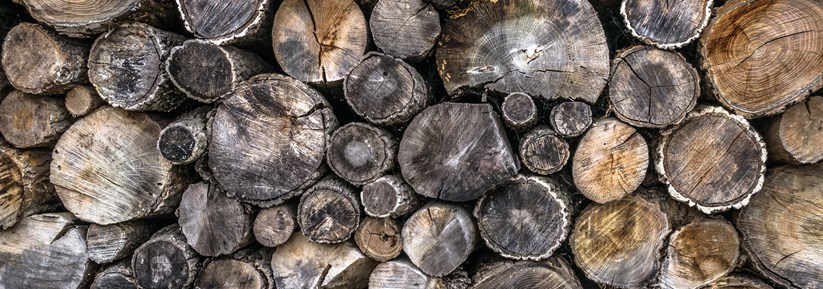How To: Identify and Treat Dry Rot and Wet Rot

What is the difference between the two kinds of rot?
The two most common forms of fungal decay found in homes are dry rot and wet rot. Surveyors are often asked about the difference between them, especially as both are associated with fungal decay and tend to affect timber.
Generally speaking, both forms of rot are caused by fungal spores already present in the timber, which grow and spread when enough moisture is introduced into the area. The scientific names for the fungi are Serpula lacrymans – dry rot – and Coniophora puteana – wet rot.
It is important to be able to identify both forms, since they can lead to significant structural issues if left untreated. If you believe you have dry rot or wet rot in your home, you should always consult a surveyor.
Wet rot
As the name suggests, growth of wet rot requires a higher moisture content in the timber than dry rot does. Wet rot will begin to grow when the moisture content of the timber or other permeable surface reaches around 50%, while dry rot can grow with as little as 20%. The high amounts of moisture required by wet rot usually result from an external leak or water ingress from plumbing, guttering, stone pointing or downpipes.
If you discover wet rot, you should investigate and repair any leak before treating the rot itself to prevent recurrence. Once the moisture is removed, wet rot will stop growing. Typically, you will also need to replace the timber in the affected area.
Common signs of wet rot:
- damp or musty smell
- cracking timber
- softened or spongy timber
- discoloured or distorted timber
- weakened timber
- black–brown fungal growths.
Dry rot
As mentioned, dry rot requires roughly 20% moisture content in the timber to begin growing. Although its name suggests otherwise, dry rot will not grow in dry conditions.
Homes with high humidity and poor ventilation are often susceptible to dry rot. One early warning sign is condensation on the windows. If you live in a particularly wet or humid area, you should take care to ventilate your home properly to prevent moisture build-ups.
Moisture can come from a leak, as it can do when there is wet rot. In either case, it is important to identify and remove the source of the moisture before treating the fungus itself.
Dry rot is often found in areas hidden from view, such as under floorboards or behind a wall. If it is not identified early on, it can cause severe damage to timber and spread through the home.
While dry rot can be treated with a fungicide, it is always best to have a surveyor assess the full extent of the damage. It may be necessary to remove plastering to investigate. As is the case with wet rot, you will most likely need to replace any affected timber.
Signs of dry rot include:
- damaged or decaying timber
- damp or musty smell
- deep cracks in the timber grain
- brittle timber or timber that crumbles in your hand
- concentrated patches of orange–brown spore dust
- grey strands on timber
- fruiting bodies that look like large mushrooms.